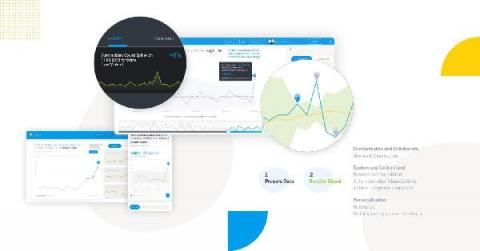Cloudera Operational Database application development concepts
Cloudera Operational Database is now available in three different form-factors in Cloudera Data Platform (CDP). If you are new to Cloudera Operational Database, see this blog post. And, check out the documentation here. In this blog post, we’ll look at both Apache HBase and Apache Phoenix concepts relevant to developing applications for Cloudera Operational Database.






